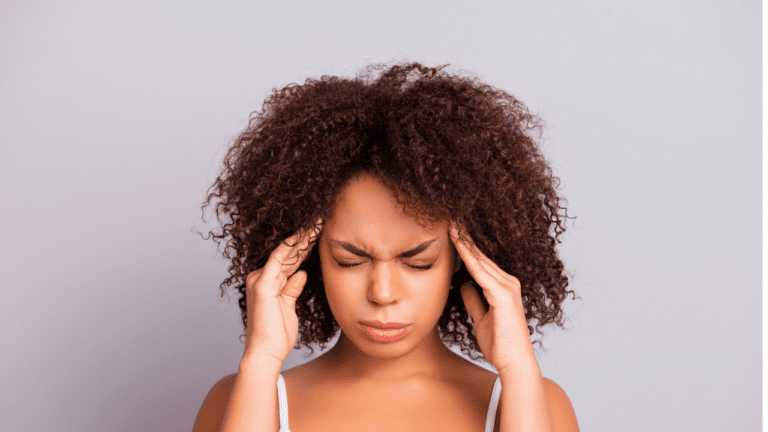Exercise and Migraine

Exercise is often recommended in the treatment and prevention of migraine. In 2008 evidence already acknowledged the preventive effect of exercise on migraine. However, findings were not generalizable due to differences in migraine diagnosis, variation in outcome measures and underpowered study analyses. In 2019 a systematic review with meta-analysis was able to conclude that there was moderate quality evidence for exercise to cause a small reduction of migraine days (a mean decrease of 0.6 ± 0.3 migraine days per month) and to cause a reduction in pain intensity with 20-54%.
But what are the mechanisms thought to underlie the effects of exercise and what type of exercise should be used? This blog article summarizes findings from the narrative review of Barber et al. (2020).
In 2008 evidence already acknowledged the preventive effect of exercise on migraine.
What are the underlying mechanisms of exercise?
Proposed mechanisms by which exercise may prevent migraine can be divided into biological and psychological mechanisms. Under the biological mechanisms, several pathways are proposed. A neuroinflammatory model is described in a review from Irby et al. (2016). As migraine is characterized by increased levels of inflammatory markers (CRP), cytokines (such as CGRP, substance P) and adipocytokines (such as TNF-a, IL-6), they postulate that since it is well known that exercise exerts a suppressive effect on inflammatory substances, this may influence migraine as well.
A neurovascular pathway may also play a role as migraine is associated with vascular abnormalities such as endothelial dysfunction, impaired cerebral and peripheral vascular function and increased risk for hypercoagulability and inflammation. The authors refer to a trial where higher-intensity exercise led to significant retinal arteriolar dilatation (as a measure of cerebral blood flow) and a reduction in migraine days. Another possible explanation may lie in the improvement of pain thresholds through the mediation of stress hormones and the production of neuromodulators like endorphins.
Some psychological mechanisms thought to underlie the perceived benefit of exercise have been studied as well. Interestingly, a 2017 study found that next to the reduction of anxiety symptoms with exercise, a reduction in a proinflammatory cytokine IL-12p70 was also seen. It seems that anxiety is correlated to this inflammatory cytokine and that in this way, exercise may exert both a biological and psychological effect on migraine. Exercise may also help in improving psychosocial factors such as self-efficacy, locus of control, expectations and perceptions.
Headache Treatment in Clinical Practice
- Learn to diagnose & treat the most common types of headache
- Learn how physiotherapy can be effective for patients with headaches
- Accredited in the Netherlands, Belgium, UK, US, Australia and Germany

Is there an ideal type of exercise?
Different forms of exercise have been studied but data do not point to one specific type of exercise. When comparing high-intensity training (HIT) to moderate continuous training, HIT led to more pronounced reductions in migraine days. On the other hand, low-impact interventions like yoga may also exert positive effects on migraine and related disability as was shown in a meta-analysis conducted in 2012. So it seems that there are many options to offer to your patient’s preferences.
Reference

Ellen Vandyck
Research Manager
NEW BLOG ARTICLES IN YOUR INBOX
Subscribe now and receive a notification once the latest blog article is published.







